Share Your Stories
YEAR OF NEWS :

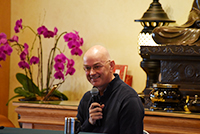
Monday, November 30, 2015
On Saturday, November 21st, there was a Dharma talk at DDVC on “Chan in Everyday Life”, presented by Zarko Andricevic from Croatia, who is a direct Dharma heir of Master Sheng Yen. He explained the cultural differences between China and India that led Chinese monks to abandon the practice of begging and become self-sufficient. The Chinese monastic system left less time for sitting meditation, so meditation began to be incorporated into working, farming and other chores.
In modern times, people tend to do everything in a rush. This creates tension, leading to superficial actions and alienation from our activities. Everything becomes one big chore. He emphasized the importance of bringing Chan practice from the insulated world of the Chan Hall into the chaotic realm of everyday life, this being a key goal of The Path.

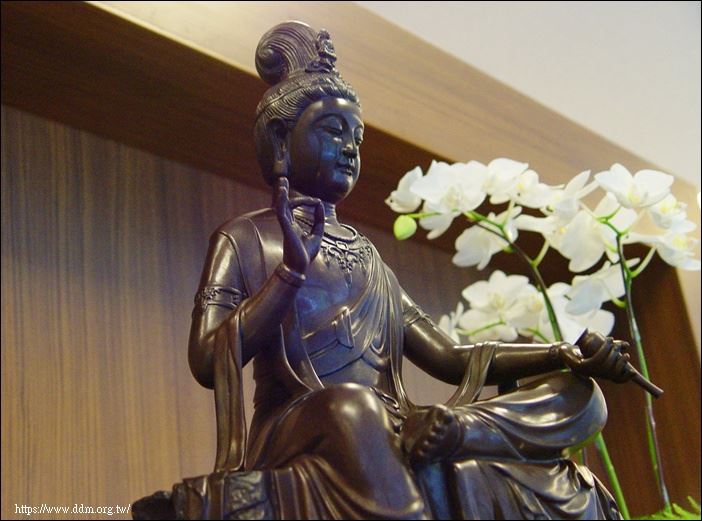
In his Liusu t'an ching 六祖禪經, The Platform Sutra, Hui-neng 惠能 says that if one were to stay free from attachment to any mental or physical realms, and to think of neither good nor evil, that is, refrain from discriminating, neither thought nor mind will arise. This would be the true "sitting" of Ch'an. Here, "sitting", not limited to mere physical sitting, refers to a practice where the mind is not influenced, disturbed, or distracted, by anything coming up, whether internally or in the environment. If you were to experience your self-nature, this would be called "Ch'an" (Kensho in Zen). To see self-nature is to see one's own unmoving Buddha-nature, and is the most fundamental level of enlightenment. Without tso-ch'an in this sense, one cannot attain Ch'an. Hence tso-ch'an is the method, Ch'an the result. Since Ch'an is sudden enlightenment, when it occurs, it is simultaneous with tso-ch'an.
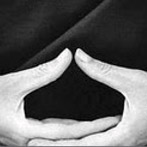
Although the methods of tso-ch'an given above are simple and straightforward, it is best to practice them under the guidance of a teacher. Without a teacher, a meditator will not be able to correct beginner's mistakes, which if uncorrected, could lead to problems or lack of useful results.
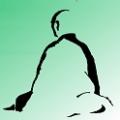
A third method of regulating the mind is to focus the attention on the tan-t'ien, which is a point located below the navel. The tan-t'ien is not an organ, but a center of psychic energy similar to the Indian chakras. This method is best employed when your breathing has naturally descended to the abdomen. The technique consists simply in mentally following the movements of the tan-t'ien as the abdomen moves in and out as a natural consequence of breathing. This method is more energetic than the methods of breath counting or following, and should be used only after gaining some proficiency in those methods. In any case, the method should not be forced.
《TSO-CH'AN》p. 0013-0014
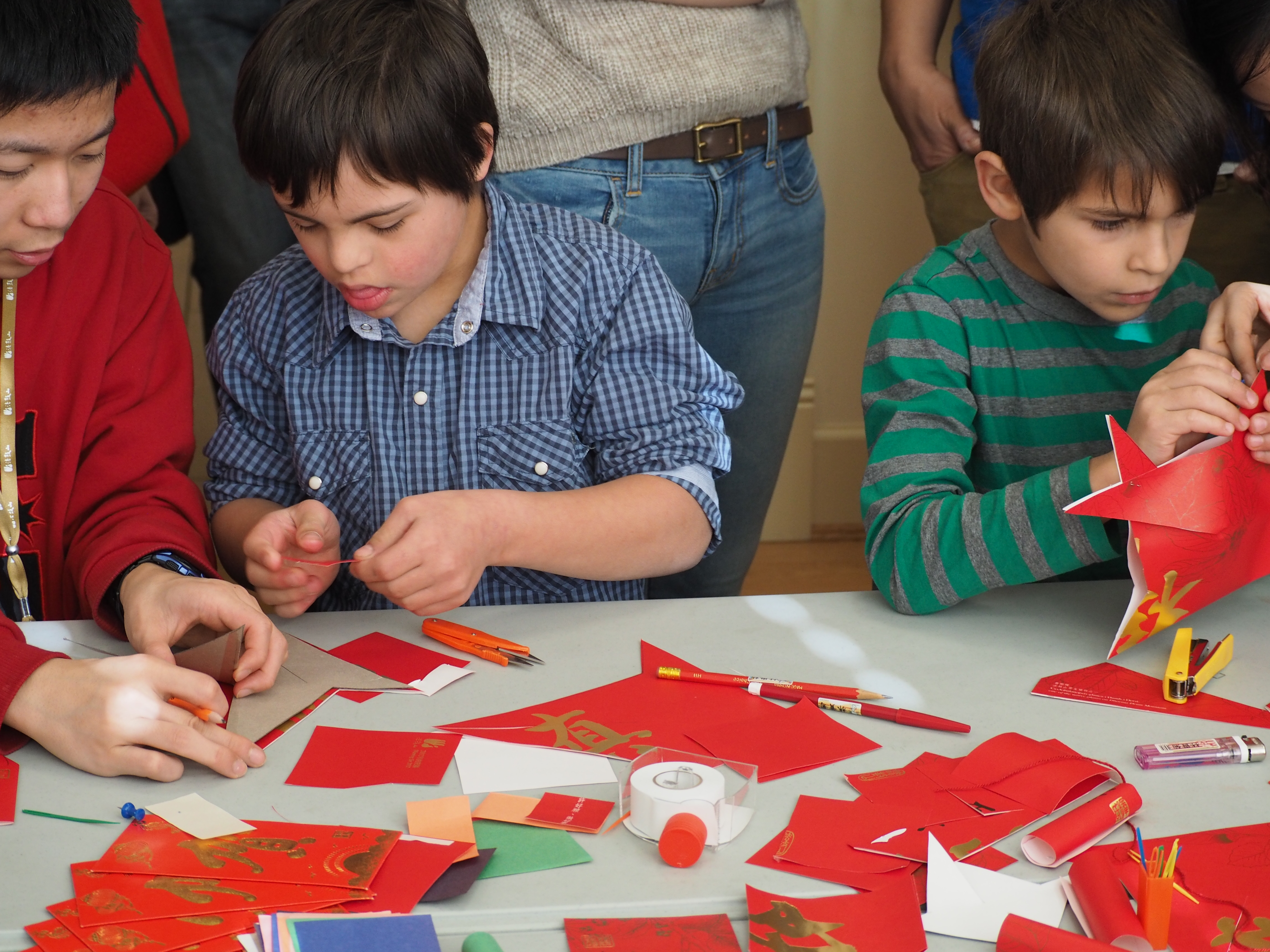
This year, I was fortunate enough to participate in the Chinese New Year celebration that was organized by the Dharma Drum Mountain Buddhist Association at its Vancouver Centre. From the greeters at the door, to the volunteers who were either circling the centre or assisting with the various activities, to the delicious lunch spread that was prepared by the centre’s own kitchen team, everyone was willing to give and share the spirit of Chinese New Year. It was refreshing to see the effort and the organization that went into this event to ensure that it is open to the community as a whole and to see people of all races and backgrounds come together to celebrate this joyous holiday.
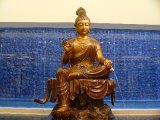
It’s difficult to put into words why exactly I was drawn to meditation. I grew up in a secular household with no particular religious inclination, and didn’t know many people with an interest in meditation, let alone a regular practice. Still, for many years I had an on-again, off-again interest in meditation, and had on more than one occasion given it a try. Without much guidance or structure though, I never developed a regular practice and my understanding of meditation remained quite simple. Fortunately, when I arrived in Taiwan for a six-month stay, I brought with me a newfound interest in meditation. After learning about Dharma Drum Mountain (DDM) and their International Meditation Group (IMG), I decided to attend one of their weekly meditation sessions run in English. After nearly six months of regular practice, I’m still trying to figure out what exactly meditation means to me and where it fits in my life. Having said that, developing a regular meditation practice has been an extremely engaging, thought-provoking, and introspective process that has served as a kind of mirror for my life and my place in the world. It is something that can be taught in a half hour but practiced for a lifetime, and is one of the simplest and yet most fascinating things a person can do.

The basic method of regulating the mind is to count one's breath in a repeating cycle of ten breaths. The basic idea is that by concentrating on the simple technique of counting, this leaves the mind with less opportunity for wandering thoughts. Starting with one, mentally (not vocally) count each exhalation until you reach ten, keeping the attention on the counting. After reaching ten, start the cycle over again, starting with one. Do not count during the inhalation, but just keep the mind on the intake of air through the nose. If wandering thoughts occur while counting, just ignore them and continue counting. If wandering thoughts cause you to lose count, or go beyond ten, as soon as you become aware of it, start all over again at one.
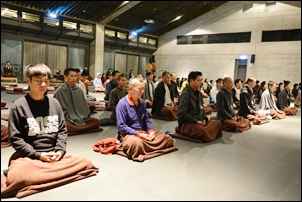
Regulating the body by walking consists of slow walking and fast walking. Walking meditation is especially useful for a change of pace when engaged in prolonged sitting, such as on personal or group retreats. Periods of walking can be taken between sittings.

On January 24, 2015, an event was held at Dharma Drum Mountain Vancouver Center on the theme of “Returning Home”.

To regulate the body by sitting, one should observe the Vairocana Seven-Points of Sitting(毘盧遮那七支坐法). This refers to the seven rules of correct sitting posture. Each of these criteria has been used unchanged since ancient days.

As we saw above, tso-ch'an was practiced in China long before the appearance of Ch'an. The earlier masters practiced according to methods in the Hinayana sutras, which emphasized the techniques collectively known as samatha-vipasyana. Generally speaking, these were methods for achieving samadhi through three aspects: regulating one's body, regulating one's breathing, and regulating one's mind.

PAGE :
1
2
3
4

|